How To Be Regenerative on Other Peoples’ Land
Good communication and getting landlord buy-in are good starting points when building soil health on leased grazing land.
Nearly 40% of all agricultural land in the United States is rented, according to the U.S. Department of Agriculture. For many ranchers, leased land will play a role in achieving their business goals. Noble Research Institute livestock consultant Robert Wells offers tips to help regenerative ranchers navigate the relationships with people and land that come with renter responsibilities.
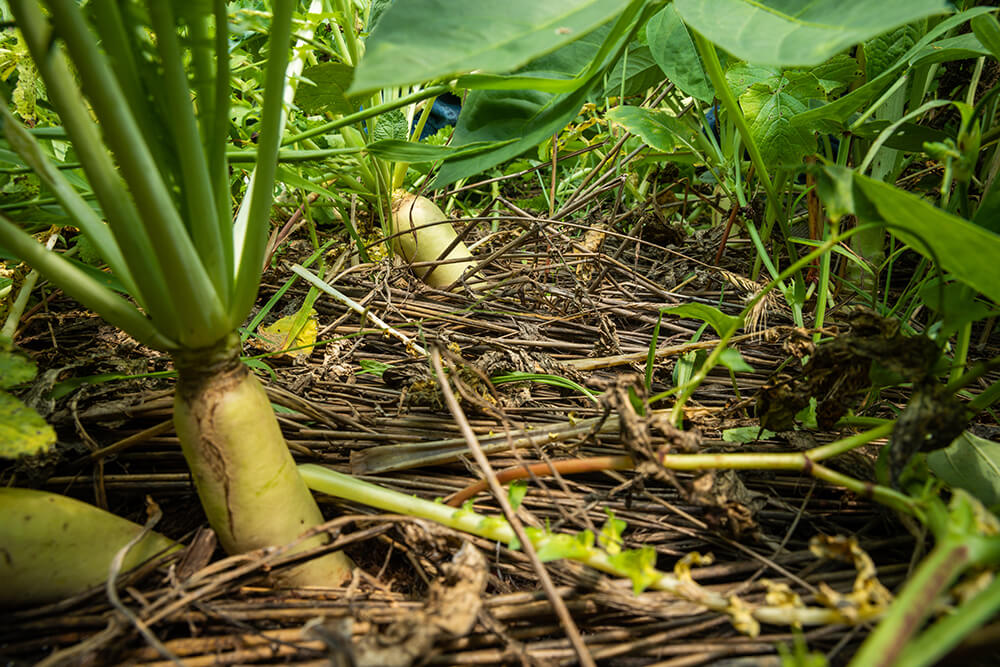
BUILDING LAND-LEASE OPPORTUNITIES FROM SCRATCH
Rented land may be particularly important to beginning ranchers who don’t have access to generational ownership or capital to buy their own land. Robert Wells, Noble Research Institute livestock consultant, offers tips for regenerative ranchers seeking new land leases.
1. Build a regenerative network
If you don’t already have a network of personal contacts in a community, build one. Get involved in community organizations, volunteer, introduce yourself at the county extension office or USDA Natural Resources Conservation Services desk. Talk to people at coffee shops, in the feed store and in other circles connected to the ranching community.
“It really is a ‘see and be seen’ kind of thing; you’ve got to let people know that you’re there, you’re progressive-minded, you’re willing to take on some hard work,” Wells says. “That’s building your reputation, and reputation still precedes everything in this industry.”
2. Listen, learn, meet landowners where they are
If a potential landowner isn’t familiar with the regenerative management terms you use or the techniques you want to apply, you’re at risk for miscommunication. When you get an introduction to new landowners, ask first about the land and their expectations and desires for it. If they care about wildlife habitat, share how regenerative grazing can benefit both livestock and wildlife; if it’s family heritage that matters most, start with an introduction to how building soil health can ensure productivity of the land for generations to come.
3. Offer a portfolio of management
Be prepared to show a new landlord what regenerative management can look like.
“It might be as simple as having a handful of photos in a folder or favorited on your phone,” Wells says. “You can quickly bring them up and show them, ‘this is what the property looked like when I started leasing it; this is what it looks like now.’”
If you have other leases, consider asking a current landlord for a testimonial or letter of recommendation to share. Offer them to a prospective landlord with a business card and follow up when appropriate.
Set expectations, regenerative goals and baselines for soil health
When taking on a new lease, take time to build understanding and trust at the start. In many ways, these opening conversations will set the tone for the rest of the relationship.
“This is so important,” Wells emphasizes. “Ninety-nine percent of the problems we face are rooted in miscommunication or a lack of communication.”
Most communication problems, he says, tie back to expectation problems.
If your management goals include minimizing the use of chemical herbicides and increasing plant species diversity, but the landlord is accustomed to his or her property looking like a manicured park, you’re setting yourself up for failure.
“If you’re really clear about what you expect the land to look like, and they’re even the slightest bit uncomfortable, you want to know that upfront,” Wells says. “Then you have time to address those concerns before you start investing time, money, infrastructure.”
A thorough evaluation of the land gives you shared language to use in setting shared goals and marking progress. Wells suggests a Haney soil test and a forage evaluation as a starting point. Learn more about the history of the land, how it’s been managed in the past and what worked or didn’t work for previous tenants.
Get it in writing, and set land-centric contingency plans
In agriculture, business is often built on reputation and sealed with a handshake. That can make putting a lease or business agreement in writing feel like you’re raising concerns about trust. Again, Wells says, putting your goals and the lease agreement in writing is an opportunity to establish healthy expectations and practice clear communication.
“If you’re feeling like getting ‘too formal’ will turn this new relationship off, just make sure you communicate around that upfront,” Wells says. “It’s OK to tell a new landlord, ‘I’m going to take some notes here and put this in writing so I make sure we both understand each other. I’m doing this to make sure I understand what you want and to make sure we’re on the same page.’”
Most land-grant universities offer example leases and average lease prices that can serve as a template to start the conversation. Then, think through the subtleties of that particular land and landowner. Are there hunting or recreational aspects to the land? What happens in the case of a drought or other extreme weather?
“Have contingency plans, and have them in writing,” Wells suggests. “It’s part of your own best management practices for a successful business, but it also shows a landowner that you’re thinking ahead, you’re serious about success.”
Wells says a drought- or disaster-management plan can also serve as a reminder to the landowner, as in “If we have a drought, a flood, a massive blizzard, whatever, this guy’s still got to make a living as my tenant, and we’re going to have to work together to make sure we both succeed here.”
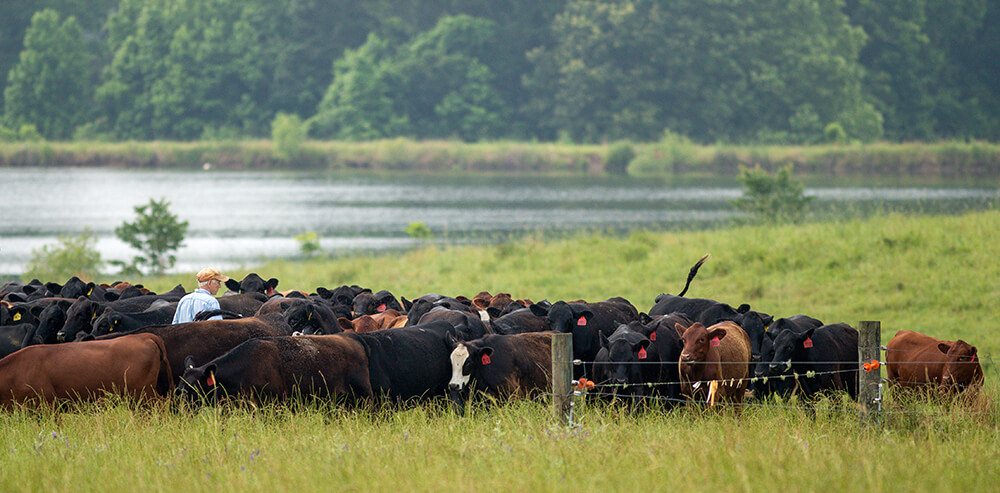
Unique considerations for regenerative ranchers
While regenerative ranching looks different in every business and on every piece of land, it will often include more frequent livestock movement, necessitating different infrastructure than a traditional grazing system. This will be a key consideration in working out a successful lease agreement.
Some important questions: What are the expectations and definitions of permanent, semi-permanent and temporary infrastructure? Who owns the infrastructure? Who pays for that infrastructure? What’s expected to stay behind if or when the lease terminates?
Fencing is one thing, but water infrastructure can be challenging, Wells says.
“It’s a lot harder to pull out pipes and faucets and wells when you’re done, so there need to be clear expectations around who pays for what and who owns what,” he explains.
If you see a need for additional infrastructure, “communicate early and keep the conversation ongoing,” Wells says. “Most people are OK with change if they see it coming.”
Perhaps one of your shared goals is to increase soil health measures by using tightly controlled animal density. That may require additional watering points, and you could negotiate that they will pay for any permanent infrastructure (pipeline), while you’ll furnish the labor to install. Start the conversation early, and tie it back to the big, shared goal.
“You might start with, ‘Next year, we’re going to need to be thinking about adding another waterline to expand this grazing plan. I think it’s going to be around $15,000. We don’t have to do it now, but let’s start figuring out if that’s feasible, and if it is, let’s look at what our options are,’” Wells says.
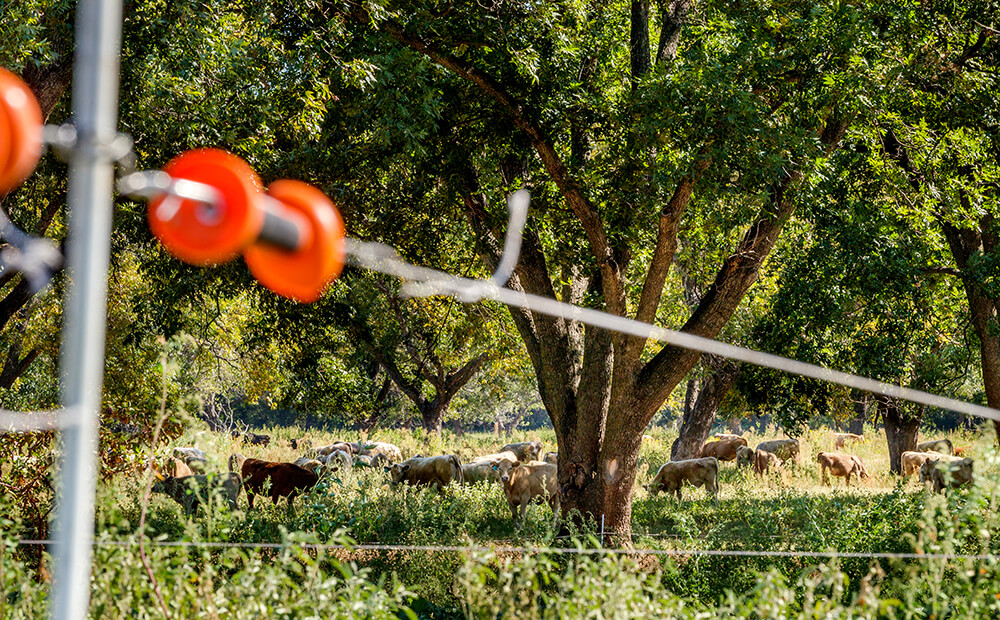
Add a personal touch, build buy-in and foster a healthy relationship
The majority — 80% — of rented ag land is owned by non-operator landlords. Wells suggests finding ways to keep your landlord connected to the land and build buy-in to your management choices. Besides regularly scheduled meetings to check in, Wells suggests inviting the landlord to branding days, other work days or a spring walking tour.
“If they can’t be there, take photos of the land and of the animals,” Wells says. “Don’t just send the picture, tell them why it matters: ‘Starting to green up, the wildflowers are really blooming. This species is new and shows we’re making progress toward our diversity goals.’”
Other ideas to build buy-in might include tagging a calf in the landowner’s grandkid’s name, or offering to run an extra animal or two that the landowner owns. Name a grazing pasture after different members of the ownership family and invite them to help with monitoring on their namesake pasture.
“It’s these little things that demonstrate real goodwill and get that owner invested in you and what you’re doing there,” Wells says.
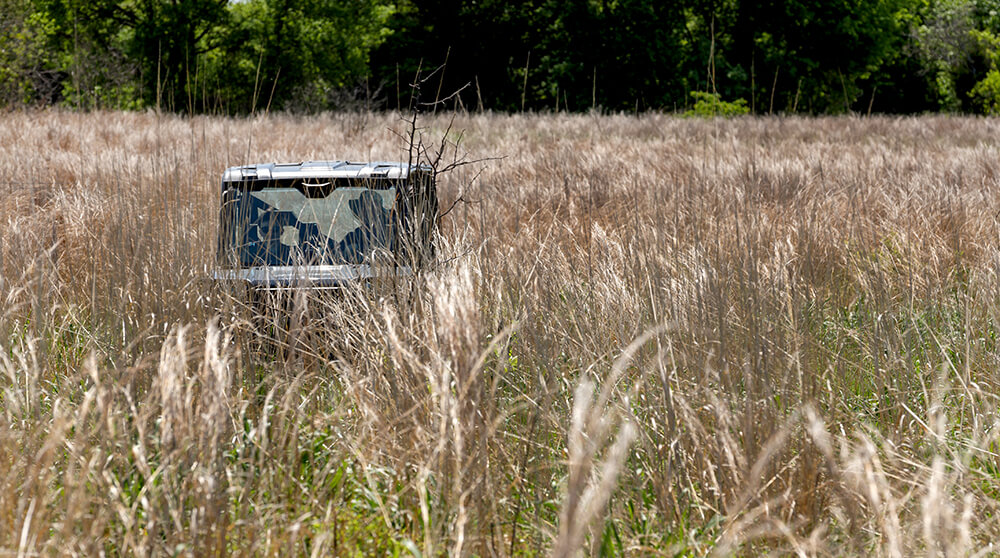


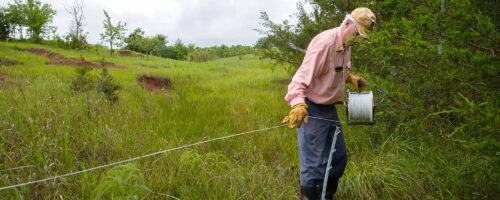
Comment